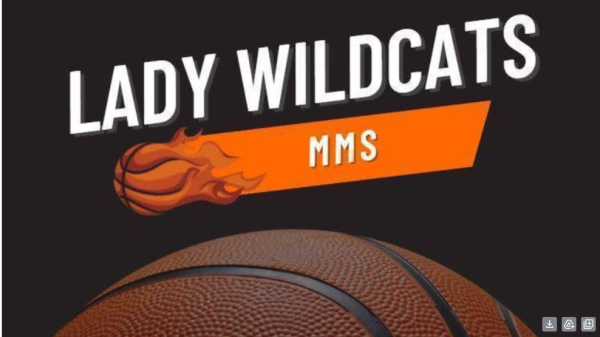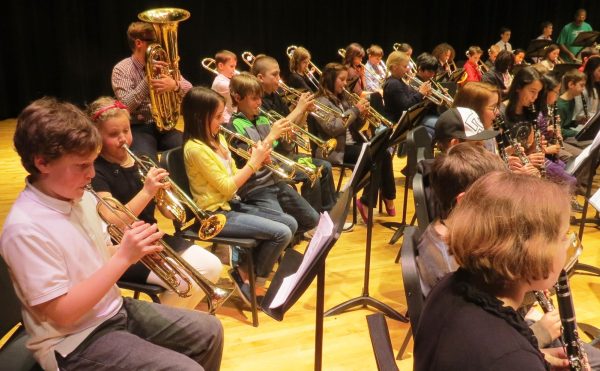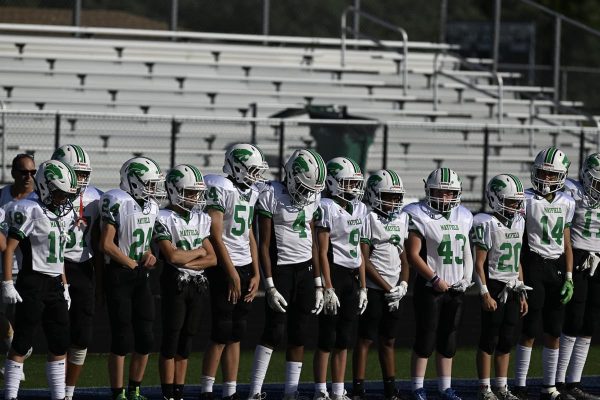MMS LEGO League Awarded Trophy
On January 7, at the University of Akron, the Mayfield Lego Robotics team competed against 21 teams and brought home a trophy for best research and presentation. Lego Robotics is an after-school club that involves programming robots to complete tasks. Students also come up with creative solutions to everyday problems. This club provides a chance for students to socialize and have fun with friends while also programming robots and preparing for competitions. The team typically has about fifteen kids, many of whom have had past experience with coding or programming.
According to Hannah Kloppmann, a sixth grader on the team, students work with their groups on projects to prepare for meets. Sometimes, students will meet to discuss how their projects are going. Tasks include programming robots, completing research, or designing solutions to problems. One of the best parts of Lego Robotics, according to Hannah, is that “You can just be creative and you don’t have to be able to program robots to enjoy Lego League.”
Mr. Face, the moderator of Mayfield Lego League, says that the club focuses on three main values (working together, having fun, and problem solving). Other goals for competition include having proper research and efficiently programming the robots.
He also believes that Lego robotics can be helpful in school and academics. For one thing, it builds patience. Programming robots can present challenges, and “Your robot fails more than it succeeds,” stated by Mr. Face. The Lego League also teaches important social skills. When preparing and programming as well as while competing, the members must working with others. Students get to know one another better in a friendly environment. On top of that, many of the tasks assigned to teams involve problem solving and critical thinking, helping students with subjects such as math.
For the January 21 competition, many students were nervous, including Hannah Kloppmann. “We ran into some problems while researching, and the programs could always go wrong,” she explains. As for Mr. Face, teachers were not allowed to help students during the competition, so he could not give feedback on how their projects were going. Students had to be able to program a robot that could pass through an obstacle course and complete simple tasks such as pushing, pulling, dragging, or turning around obstacles. Each team also had to research a problem involving people and animals and design a solution for it. Hannah helped design a safer animal enclosure that would prevent children from falling and causing potential injury to both themselves and the animal. Lastly, students had to put together a presentation summarizing their project ideas and the research that went with it.
Mr. Face explained that students don’t have to be able to program robots to be on the team. It is very inclusive: “as long you can work with others, you’re in! “One of Mr. Face’s favorite parts of Lego League is getting a chance to work with students and see them overcome obstacles. “It’s so rewarding to see students accomplish their goals!” says Mr. Face.










